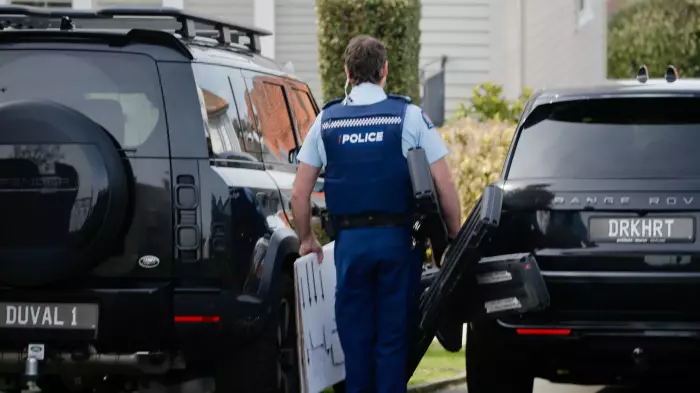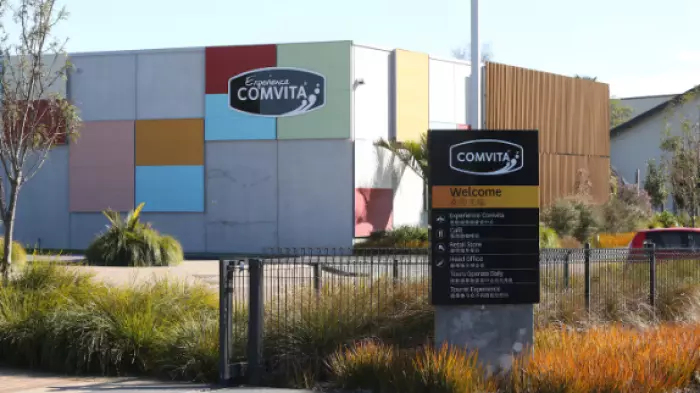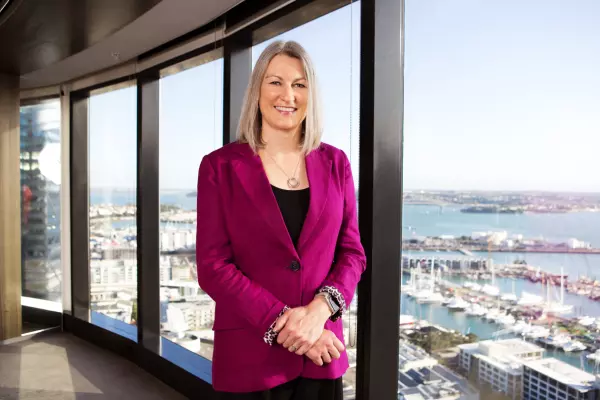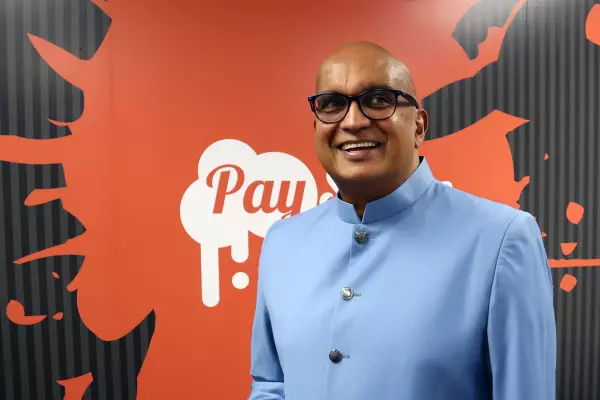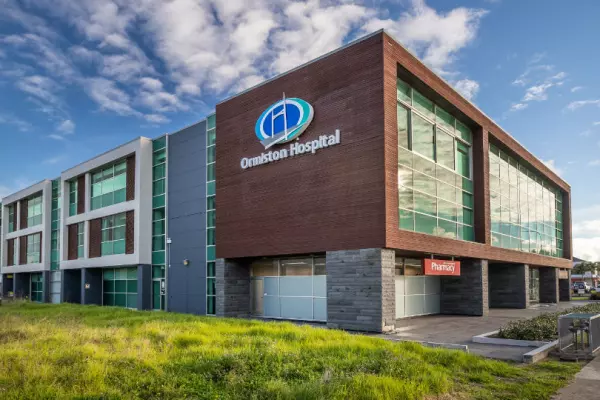Transport group HW Richardson will start moving its 1,300-strong fleet to green hydrogen this year, at a cost that even it says makes little commercial sense.
The Southland-based conglomerate plans to have its first 10 dual-fuel hydrogen trucks on the road by next year, a tiny percentage of its fleet but a start in its ambitions to transition its road assets to carbon-zero fuels over the next 20 years.
Chief executive Anthony Jones said the decision was a tough one to make commercially, but he expects momentum to come once it gears up its fuel outlets, under its Allied Petroleum banner, to deliver hydrogen to trucks.
Allied’s network extends to about 110 fuel stops and service stations throughout the country, delivering about 500 million litres of fuel a year. Its Australian fuel interests, under bulk fuel distributor Petrogas in Victoria and newly acquired Pacific Petroleum, deliver about the same.
Converting the existing fleet will come with a cost of about $80,000 for each vehicle. That compares with a $1.2m price tag for a fully hydrogen-powered unit.
The equivalent diesel, meanwhile, comes in at $300,000 while new battery-powered trucks have a list price of about $800,000.
And unlike EVs, hydrogen-powered trucks have similar power ratios to diesel, the latter also acting as a “backup” in the event that the hydrogen cell is depleted.
Jones said the rebuild of its refuelling network will start in its “heavy route” of Southland, and the firm now expects to have its first 1.1-megawatt (MW) ‘electrolyser’ system up and running by April, followed by another 2.2MW system later in the year.
Its capital investment will be about $10m in initial development costs for its hydrogen delivery sites, with European-supplied electrolysers – used to separate hydrogen and oxygen out of water – being installed by AF Cryo, part of Christchurch’s Fabrum Solutions.
Fabrum is working on developing hydrogen-based solutions for other large transporters, including NZX-listed Move Logistics.
Move chief executive Chris Dunphy said the company is expecting delivery of its first two Netherlands-built Hyzon trucks by Christmas. Those, he said, will run on the North Island in tandem with the rollout of a hydrogen refuelling network being developed jointly by Hiringa Energy and Waitomo this year across eight sites.
Hyzon, for its part, has announced it will have up to 1,500 fuel cell trucks on NZ roads by 2026 as part of a separate agreement with Hiringa.
Road user charges
Dunphy said Move will also be engaging with Waka Kotahi NZ Transport about getting relief from road-user charges for the non or dual-powered trucks, given that hydrogen remains “significantly dearer” per kilometre tonne than diesel.
That, he said, will also present opportunities to help out NZ farmers “beyond offsets and sequestration” to hit emission targets.
At the market end, hydrogen can vary in price from $14 per kilogram to $40 per kg.
HWR's precursor, R Richardson was founded in 1944 by Invercargill builder Robert Richardson. His grandson, the late Bill Richardson, was instrumental in building it into what is now a $2 billion business in annual revenues and the company is still controlled by the family.
It counts as one of the largest privately run companies in the country, with 48 subsidiary businesses across freight and fuel, civil engineering, concrete and aggregate.
Jones said the company had started work on dual fuel options in earnest last April. “We generate and distribute a lot of diesel and unleaded fuel and, as the largest transport operator in the country, we think it’s incumbent on us to help transition the industry away from fossil fuels.”
HWR suggests there are “clear advantages” to hydrogen.
“We don’t have small transit point-to-point in metro areas in Auckland and bigger cities where the likes of batteries probably do make sense for some applications.”
He said while hydrogen has a limited loss, with batteries “you’re adding 7.5 tonnes of battery and drivetrain weight to conventional diesel, so that’s payload that you lose”.
And looking at the raw materials that go into a battery, such as copper and lithium, he said all roads kept bringing the company back to hydrogen, where the biggest issues facing the industry are “conversion and transition”.
He said HWR also had the advantage of having a young fleet, which at five years was significantly below the average age of 16 years across the national fleet.
Retrofit solution
“So, for the ability to retrofit existing internal combustion diesel engines with dual fuel and offset the emissions and diesel used by up to 50%, as experienced in Europe, is a logical way of transitioning the industry away from diesel.”
Jones believes the horizon on diesel is probably between 10 and 15 years, where you’d think that more investment will be going into hydrogen than diesel and start to turn “those fossil fuels off”.
He said the beauty of the system is they are able to be bolted on, “so they can be duplicated on into high-density nodes, meaning you can make storage capacity larger”.
Swedish truck manufacturer Scania, meanwhile, has started exporting its pure EV trucks into the NZ market, as a “testing ground” for its EV fleet.
Its first two first-generation, 29-tonne battery electric vehicles, each with a range of up to 250 kilometres and suitable for either short or medium-haul journeys, have been bought by Auckland’s cargo and freight firm Reliance Transport.
Scania NZ managing director Rafael Alvarenga said the trucks come with an option of five or nine batteries, representing 165 kilowatt-hours and 300KWh respectively.
Alvarenga said the investment wasn’t a one-off, and the European company expects EVs to account for about 10% of its total sales volumes worldwide, increasing to 50% by 2030.










